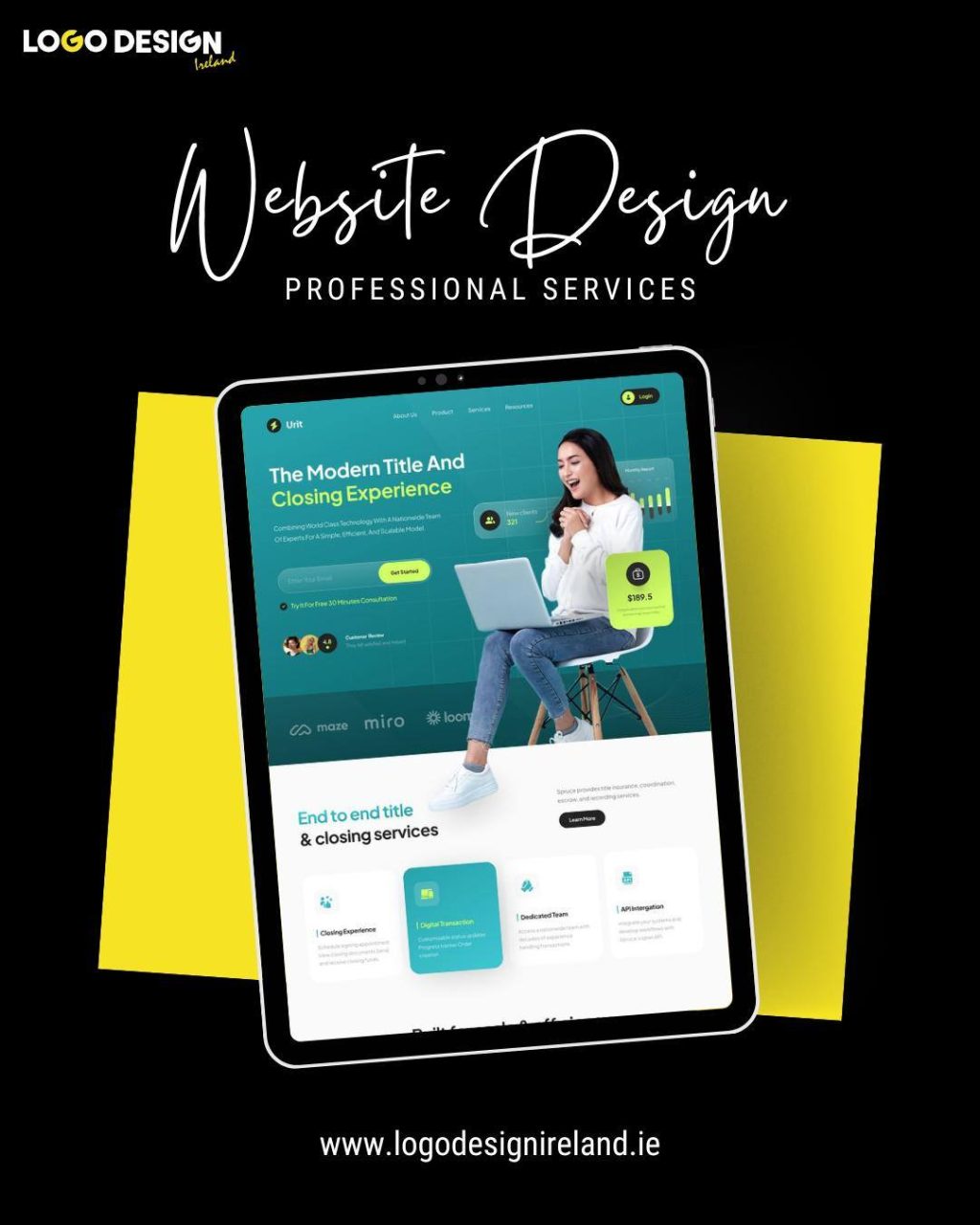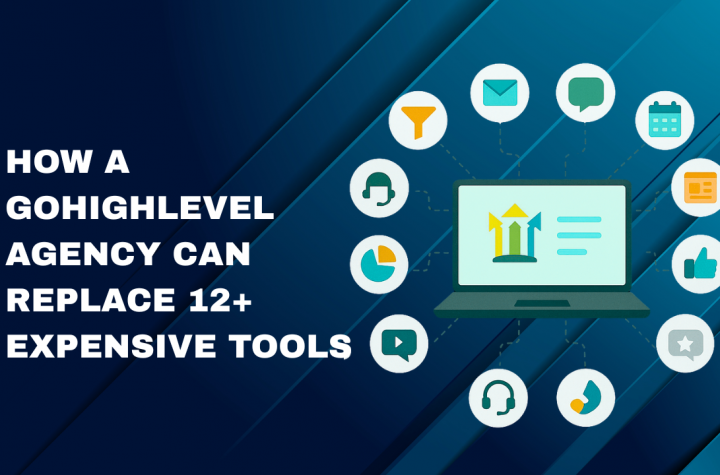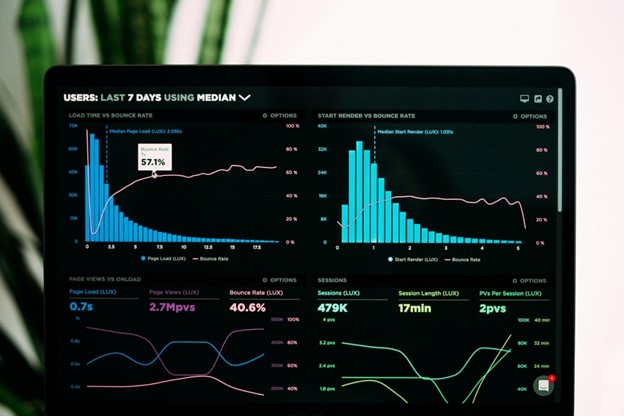
If you’re new to web design, there are some things that you need to keep in mind while making your website. The usability and utility are factors that determine whether a design is good enough or not. Users always prefer websites that are easier to navigate. This not only provides them with a smooth experience and improves the overall impression of businesses. A good design is a necessity for anyone who wants to reach out to their audience and engage in conversation. It shapes the way the brand is perceived, ultimately influencing business performance. Whether it is for personal reasons or business ones, the web design needs to be visually appealing, user-friendly, and immersive.
What is Web Design?
This is a process that involves the creation and organization of functional elements of a website. The design involves everything from the overall appearance to the aesthetic aspect and user experience and interface. It is all about creating an experience that is both visually pleasing but also easy to use.
Here are the basic principles of an engaging and visually appealing page that you can follow to make yours an effective one
Best Principles for a Successful Web Design
Purpose of the Website
Whether you’re making your webpage yourself or consulting a professional designer for it, ask yourself why it needs to be made in the first place. Identifying a clear purpose of the page is going to set a definite direction that the creation process needs to take to be impressive. Mostly, websites aim to gain conversions by persuading visitors to complete an action, like filling out a form or making a purchase. Once you have an idea of the needs of your web design, you can pick the best techniques to achieve the desired goals.
Understand Your Users
The site isn’t for you, it’s for your users. It is highly crucial to be aware of the target audience and their preferences when creating a website. The visitors need to be given central importance in the design process. If the overall interface and appearance do not appeal to the user, the purpose of the site is defeated. Designs that prioritize the user experience are more likely to be successful than those that don’t.
Visual Hierarchy
Maintaining a visual hierarchy is going to make your web design appealing and functional. By using colors, contrast, and different font sizes, you can guide your users through the website. The components need to be organized effectively to show the order of importance. This also improves readability and makes the navigation experience much smoother for users. Size isn’t the only thing that creates this hierarchy; colors and position also play a vital role in establishing it.
Identify who your target audience is and use the information to create a site that serves the users. If you already have a website, try to gather feedback on it from the visitors to make changes accordingly. This is going to improve the site and make the user experience enjoyable for those who land on your page.
Create a Balance
Your webpage needs to have a distribution of visual components that do not clutter the site. They need to complement each other and not overwhelm the users when they lay their eyes upon the design. A page full of excessive visual elements can easily throw off visitors and make the navigation process difficult. The text, images, colors, and shapes need to come together to form one big harmonious image that is pleasing to the eyes. Symmetry is not necessary as long as the pages look stable and not out of proportion.
Content
Visual appeal is not enough; the webpage needs to have interesting things to say to be able to engage the users. The content is as important as the visual aspect of it. Make sure to include engaging content that does not just exist on the page but also prompts action. For this, you need a good content strategy to be able to post meaningful content. Whether you need your users to read the content or not, it matters a great deal. It is what affects the ranking of webpages and drives traffic from search engines to your page.
Ensure Consistency
Not all pages of your site are going to look the same; depending on the use, they are going to differ. However, this does not mean that they can look completely different. When it comes to web design, consistency is the most important principle. Use the same color scheme and fonts, and similar page layouts that complement each other. The appearance does not have to be exactly the same since each page serves a different purpose. However, it is crucial for there to be coherence across them so that the users are not put off when they navigate through your pages.
Frequently Asked Questions (FAQs)
What is an SEO friendly design?
It is a web page that is optimized to rank higher on search engines and direct more traffic. The content contains keywords that users search for to find desired results.
Can I include my logo on the page?
Yes, you can add a business logo design to your site along with the name and company descriptions.
How long does it usually take to create a website?
Depending on the complexity, it can span from a few weeks to even a few months.
Conclusion
By keeping these basic principles in mind while creating a web design, you can achieve impressive results in the form of an effective page. Make sure to take into consideration the purpose and target audience for the webpage so that the design process has a clear direction. Visual aspects like color scheme, fonts, sizes, and contrast hold immense importance, so do not overlook them. Furthermore, do not forget to put in an equal amount of effort in the content so that the website serves its function and benefits you or your organization. Keeping these key characteristics of a functional and effective website in mind can surely make your online presence more impactful.




More Stories
How a GoHighLevel Agency Can Replace 12+ Expensive Tools for Clients
From Zero to Job-Ready: What a Practical Digital Marketing Course Provides.
The Power of Social Media Photography for Branding